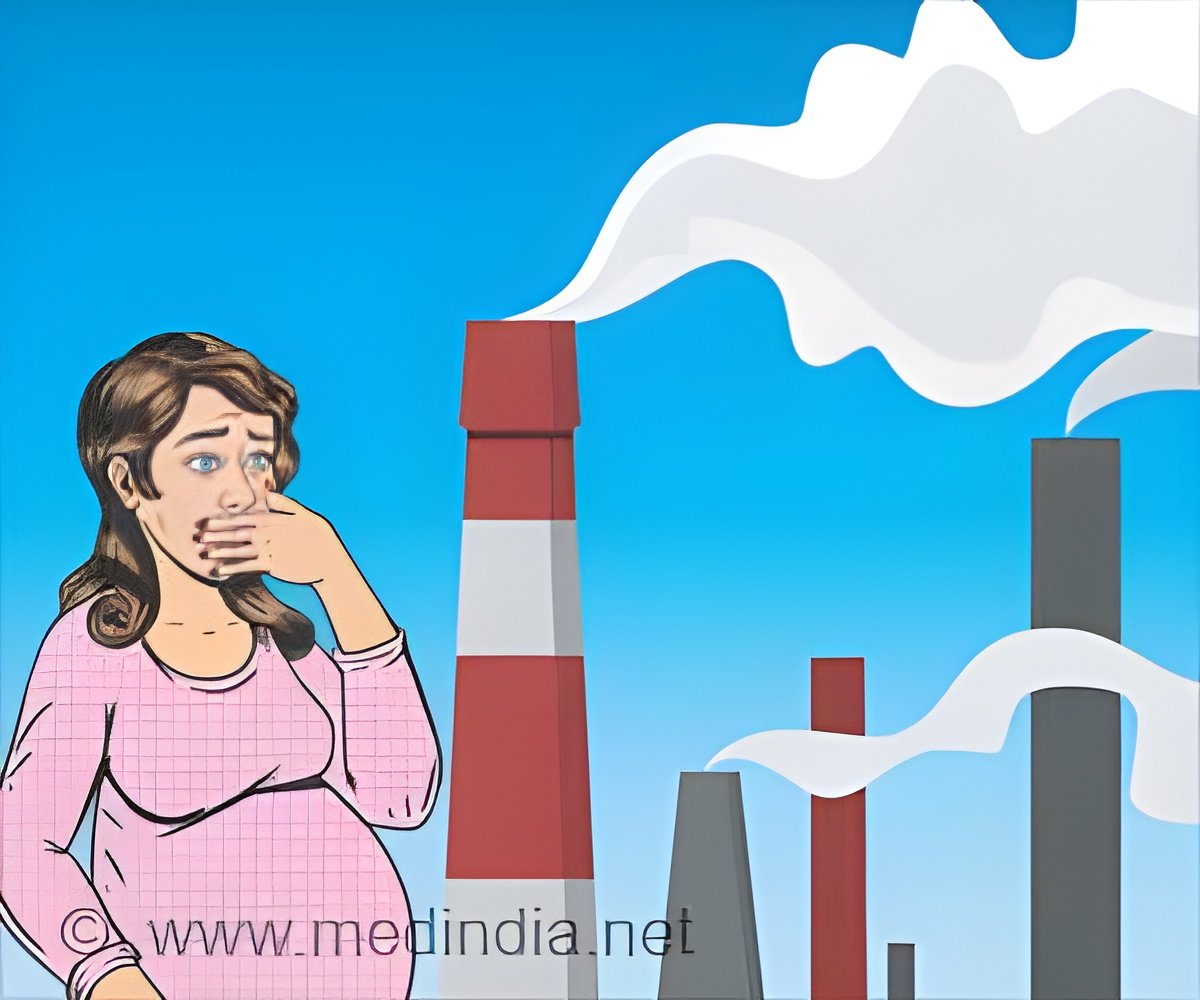
‘According to the study, women living along the most populous region in the state of Utah, had a higher risk of miscarriage following short-term exposure to elevated air pollution.
’
Tweet it Now
"Not being from Salt Lake originally, I noticed a pattern in relation to air quality and pregnancy loss," said Matthew Fuller, M.D., assistant professor of Surgery at U of U Health and senior author on the paper. "I knew this was an understudied question, so we decided to dig deeper."Fuller joined University of Utah research analyst Claire Leiser on a retrospective study consisting of more than 1,300 women (54 percent Caucasian, 38 percent Hispanic, and other/missing 8 percent; average age 28 years). The women in the study sought help at the U of U emergency department following a miscarriage (up to 20-weeks gestation) between 2007 to 2015.
The team examined the risk of miscarriage during a three- or seven-day window following a spike in the concentration of three common air pollutants: small particulate matter (PM 2.5), nitrogen dioxide and ozone. The study excluded women who lived outside of Utah.
"We are really only seeing the most severe cases during a small window of time," said Leiser, first author on the paper. "These results are not the whole picture."
Leiser notes the results suggest there could be an increased risk for an individual. Their research only captured women who sought help at an emergency department at one hospital in the region. It does not account for women who may have sought outpatient care through their obstetric or primary care providers.
Advertisement
"While we live in a pretty unique geographic area, the problems we face when it comes to air pollution are not unique," said Fuller. "As the planet warms and population booms, air pollution is going to become a bigger problem not only in the developing world but across the United States."
Advertisement
The team conducted a case cross-over study that estimated a woman's risk of miscarriage multiple times in a month where air pollution exposure varied. This approach removed other risk factors, like maternal age, from the study. The scientists were unable to ascertain the age of the fetus at the time of the miscarriage and were unable pinpoint a critical period when the fetus may be most vulnerable to pollutants.
"The results of this study are upsetting, and we need to work together as a society to find constructive solutions," Fuller said.
Fuller recommends women speak with their doctor about any health concerns.Women can manage the risk by using an N95 particulate respirator face mask to filter out pollutants or avoid outdoor physical activity on poor air quality days.
Women can also use filters to lower indoor pollution and, if possible, time conception to avoid seasonal episodes of poor air quality.
Source-Eurekalert















